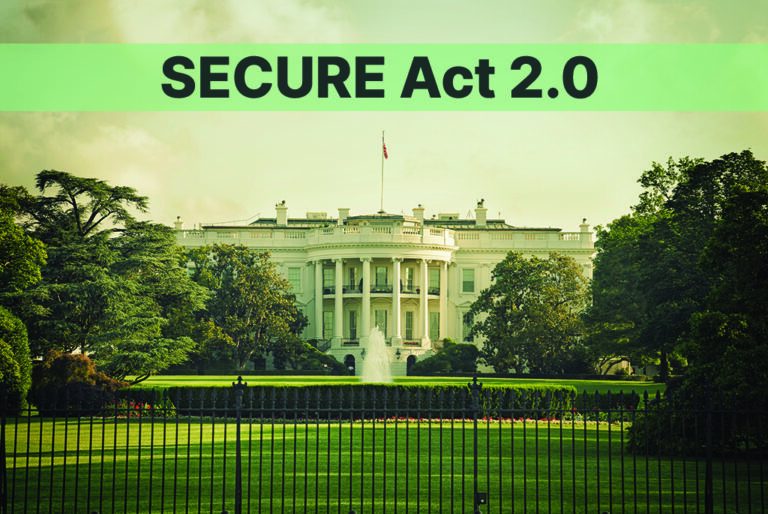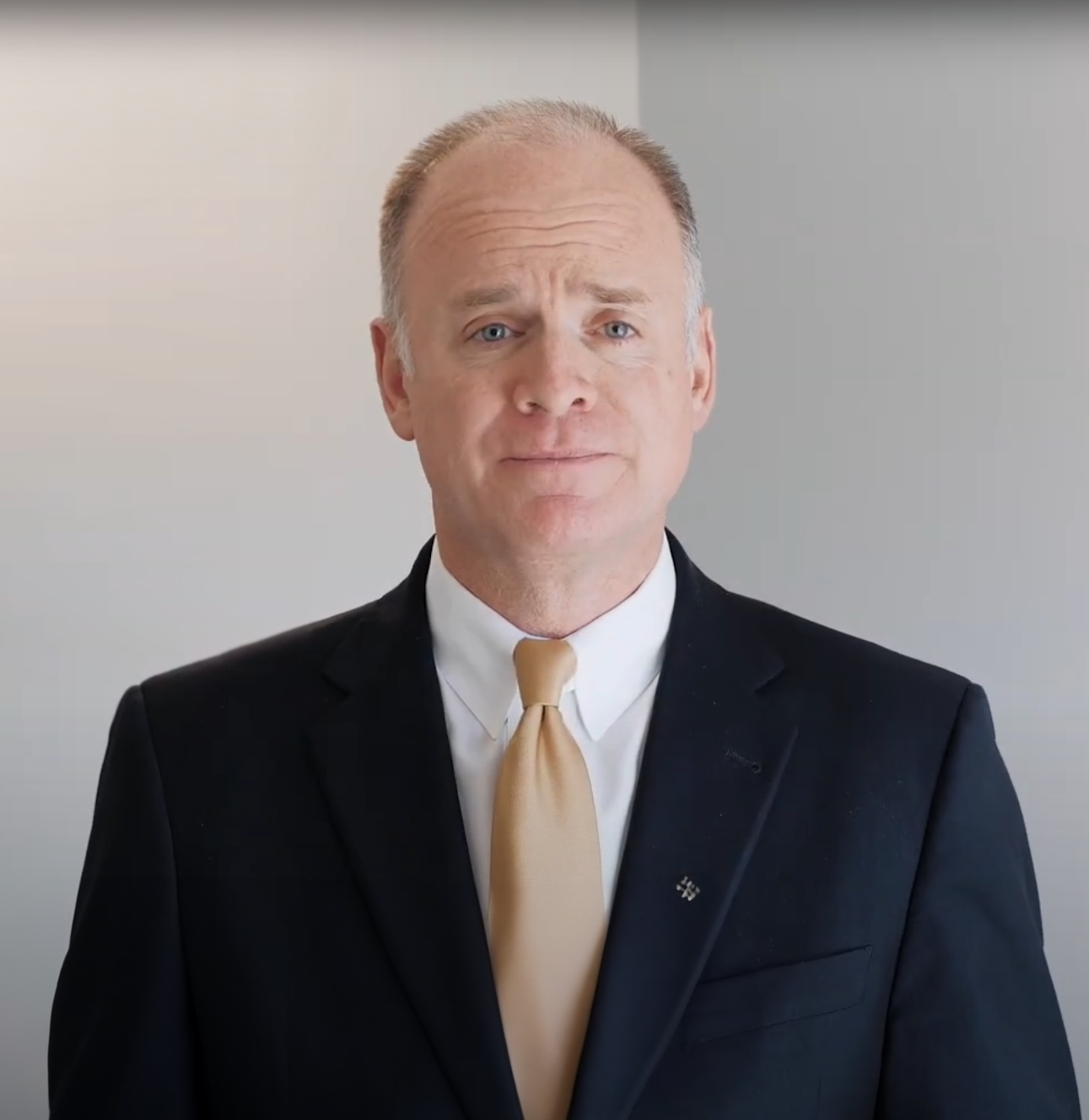
Catch-Up Contributions: A Surge in Retirement Savings
As per the Senate Finance Committee’s delineation, the SECURE Act 2.0 introduces substantial enhancements to contribution limits for aging workers in qualified retirement accounts. Specifically, Section 108 adjusts the $1,000 catch-up contribution for individuals aged 50 and above to the IRS cost-of-living-adjustment (COLA). This provision takes effect for taxable years starting after December 31, 2023.
Transitioning to Section 109 within the SECURE Act 2.0, a noteworthy expansion in catch-up contributions within retirement plans is observed. This predominantly affects participants in 401(k), 403(b), and 457 plans within the age range of 60 to 63. Under this provision, the revised limits are determined as the greater of $10,000 or 150% of the “standard” catch-up amount for the respective year. The implementation of this change is scheduled to commence post-December 31, 2024. Concurrently, for SIMPLE plans, a substantial boost in the limit is noted, rising from $3,500 to $5,000, with adjustments aligned with inflation.
Simultaneously, Section 117 of the SECURE Act 2.0 introduces notable adjustments to the annual deferral limit and the catch-up contribution for individuals aged 50 in SIMPLE IRA or 401(k) plans, particularly for employers with 25 or fewer employees. Under this provision, there is a 10% increase in these limits. For employers falling within the bracket of 26 to 100 employees, there is the flexibility to offer higher deferral limits provided the employer furnishes either a 4% matching contribution or a 3% employer contribution.
However, under Section 603 of the SECURE Act 2.0, a nuanced detail requires attention: individuals over 50 and earning $145,000 or more must funnel catch-up contributions into Roth accounts, utilizing after-tax funds, commencing in 2026. These changes constitute a significant stride in incentivizing retirement savings, strategically addressing the evolving financial dynamics.
Required Minimum Distributions (RMDs): Unveiling Strategic Flexibility under Secure Act 2.0
The recalibrations to Required Minimum Distributions (RMDs), elucidated by the Senate Finance Committee, usher in a new era of strategic flexibility for individuals tethered to traditional retirement accounts. SECURE Act 2.0 orchestrates a shift in the RMD starting age, intricately pegged to the year of birth. SECURE 2.0, Section 107, increases the required minimum distribution age to 73, beginning on Jan. 1, 2023, and to 75, beginning in 2033. Specifically, the RMD age increased to 73 for individuals who turned 72 after Dec. 31, 2022, or who will turn 72 before Jan. 1, 2033. It will increase to 75 for individuals turning 74 after Dec. 31, 2032.This nuanced alteration allows individuals to tactically delay distributions, providing a window to defer taxes and capitalize on the compounding power of interest. Of particular note, RMDs for Roth 401(k)s face elimination, harmonizing seamlessly with the overarching theme of heightened flexibility in retirement planning.
Automatic 401(k) Enrollment: A Cultural Shift in
The SECURE 2.0 Act, part of the Consolidated Appropriations Act of 2022, introduces significant changes to retirement savings plans. One notable provision addresses auto-enrollment in 401(k) plans, aiming to boost retirement savings participation. Starting in 2025, many new 401(k) plans will implement automatic enrollment, making participation opt-out rather than opt-in for eligible employees.
However, these Secure Act 2.0 changes come with exceptions. The auto-enrollment requirements apply only to new 401(k) plans established after the end of 2022. Existing plans are grandfathered and remain unaffected. Additionally, small businesses with fewer than 10 employees, new businesses under three years old, and certain entities like churches and government employers are exempt from the auto-enrollment mandate.
Eligible employees under the new SECURE Act 2.0 law will be automatically enrolled in 401(k) plans, with the initial salary deferral set by employers (minimum 3%, maximum 10%). The law allows for automatic annual increases of 1% up to a maximum of 15%. While auto-enrollment aims to increase retirement savings participation, employees maintain the flexibility to opt out or adjust deferral percentages within a specified timeframe. For those contemplating Roth options, it introduces an opportune moment to leverage the long-term tax benefits woven into this innovative enrollment structure.

Emergency Distributions and Funds: Crafting Financial Lifelines
Typically, early distributions from tax-preferred retirement accounts, such as 401(k) plans and IRAs, are subject to an additional 10% tax, unless qualifying for an exception. The act introduces an exception for specific distributions intended for emergency expenses, defined as “unforeseeable or immediate financial needs relating to personal or family emergency expenses.” Participants are allowed one distribution per year, capped at $1,000, with the option to repay within three years. No additional emergency distributions are permitted during this three-year repayment period unless repayment is completed. It should be mentioned that the 10% penalty only applies to withdrawals of investment gains and does not apply to withdrawals of the principal. This provision takes effect for distributions made after December 31, 2023.The absence of the penalty amplifies the allure for Roth retirement account holders, transforming it into a flexible and potentially tax-efficient recourse in times of financial turbulence.
529 to Roth IRA Conversions: Elevating Financial Strategies

A notable facet of the SECURE Act 2.0 revolves around 529 college savings plans. This legislative overhaul permits individuals to rollover a 529 plan that has been maintained for a minimum of 15 years into a Roth IRA. Governed by the annual limit and a $35,000 lifetime cap, this change aligns seamlessly with Roth retirement account strategies. It not only addresses hesitations linked to unused 529 funds but elevates the appeal of both Roth retirement accounts and 529 plans in the realm of long-term financial planning. In my opinion this change is huge as parents can save for their child’s education and possibly retirement simultaneously. This can help parents set their child up for financial success both in their working years as well as retirement.
Additional Reforms and Impacts on Student Loans: A Holistic Financial Spectrum
Beyond the spotlight on the top five reforms, the SECURE Act 2.0 introduces nuanced changes resonating across the financial spectrum. The legislation allows employers to provide matching contributions within a 401(k) plan, 403(b) plan, governmental 457(b) plan, or SIMPLE IRA concerning “qualified student loan payments.” Qualified student loan payments encompass any debt taken on by the employee exclusively for covering qualified higher education expenses. To ensure compliance with the nondiscrimination test related to elective contributions, the plan has the flexibility to conduct separate testing for employees receiving matching contributions on student loan repayments. This modification becomes effective for contributions made for plan years starting after December 31, 2023.
Saver’s Match is a noteworthy provision within SECURE Act 2.0, the legislative update signed into law at the close of 2022, building upon the foundation laid by the initial SECURE Act of 2019. Effective from 2027 onward, Saver’s Match introduces a 50% match, capping at $2,000 annually, for contributions made to various retirement plans, encompassing 401(k)s, 403(b)s, SIMPLE IRAs, and traditional IRAs.
Furthermore, the matched funds are directly deposited by the federal government into your retirement account, eliminating the need to claim it on your taxes. It’s crucial to note that only pre-tax accounts, such as traditional IRAs and 401(k) accounts, are eligible for the match. After-tax Roth accounts do not qualify under the SECURE Act 2.0.
The overarching goal of the Saver’s Match in the Secure Act 2.0 is to incentivize savings, particularly among lower- and middle-class Americans. While the existing Saver’s Credit shares a similar objective, the direct injection of matching funds into retirement accounts is anticipated to have a more substantial impact, especially for those facing challenges in saving. These initiatives underscore the government’s commitment to fostering responsible financial planning.
Finally, the SECURE 2.0 Act brings forth a visionary initiative by instructing the Department of Labor (DOL) to establish the Retirement Savings Lost and Found database. This nationwide resource is aimed at assisting former employees or their beneficiaries in tracing and accessing plan benefits. As we delve into the intricacies of retirement planning under Secure Act 2.0, the creation of such a database reflects a commitment to streamline the process, offering a practical solution to the common challenge of locating lost or forgotten retirement savings.
The new provisions brought to planning for retirement by the SECURE Act 2.0 should provide some relief to those Americans that are feeling behind in their retirement planning. Please reach out to us at Keystone Financial Group for consultation into how these changes may affect you.
Seth J. Edgil and David Guttery offer products and services using the following business names: Keystone Financial Group– insurance and financial services | Ameritas Investment Company, LLC (AIC), Member FINRA/SIPC – securities and investments | Ameritas Advisory Services, LLC (AAS) – investment advisory services. AIC and AAS are not affiliated with Keystone Financial Group. Information is gathered from sources believed to be reliable; however, their accuracy cannot be guaranteed. Data provided is for informational purposes only and should not be construed as a recommendation to purchase or sell any investment product.







